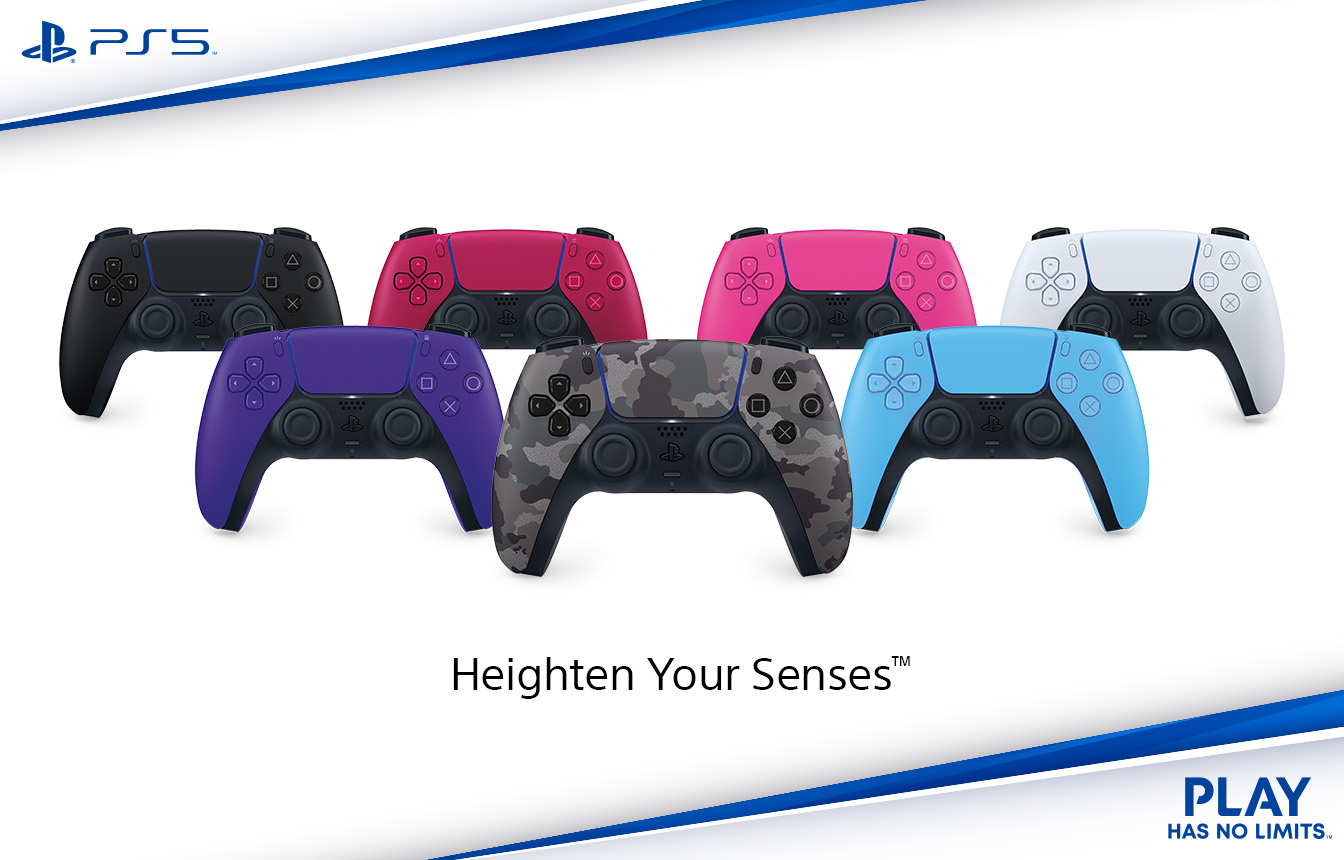Three and a half years ago, I fell in love with Danganronpa: Trigger Happy Havoc, a quirky Japanese Vita game about students being forced to kill one another. I’d first heard about it from its PlayStation Portable release years before, and found that not only had the begging and pleading for the game to be localized been worth it, but that it took the top spot on my list of favorite games for the year.
So, Danganronpa V3: Killing Harmony is a bittersweet release for me. To basically spoil my review—since I’m going to try hard not to spoil the story itself—this is a game that’s both a heartfelt attempt to breathe new life into the Danganronpa franchise, and a third entry that I think really needs to be the last.
As we’ve learned from two previous chapters, a side project game, and a TV anime series, Danganronpa revolves around a killing game where sixteen students are given an ultimatum by a bizarre half-black half-white bear named Monokuma: the only way to regain your freedom is to kill one of your fellow captives and get away with it. Doing so won’t be easy, though. Every time someone is killed, the other students set out to investigate and hold a class trial, and if you’re found out as the murderer, then you’ll be executed as well. The familiar elements of past Danganronpas begins to play out here. Our latest group initially tries to come together as one cohesive unit, that unity slowly gets chipped away, and finally a body turns up to kick things off proper.
In Danganronpa V3, however, we get a few twists on that familiarity right from the start. One is the game’s protagonists, Kaede Akamatsu—who exists as the series’ first female protagonist outside of the side project Danganronpa Another Episode: Ultra Despair Girls. We also meet Monokuma’s “children,” the Monokubs, a quintet of brightly-colored bears each with their own very distinct personalities. These set us down a path during the game’s prologue and first chapter that feels like what you might expect from the third outing for a series like this: similar to what we’ve had before but with a few natural tweaks.
Then, things happen. A major event occurs in the story right there in Chapter 1, something that came as an emotional gut-punch since I didn’t know it was coming. That event is combined with another surprising development, one that left me not really sure how things were going to progress. At this point, I think it’s hard for Danganronpa to be surprising—that’s hard for any series whose origin feels extremely different and special—but Danganronpa V3 legitimately threw me for a loop, and I loved it.
From there, the narrative was a roller-coaster of amazing highs and unfortunate lows. When Danganronpa V3 is trying its hardest to betray the player and their expectations, the game is at its finest. While even saying this may be too much, as an example, there’s a point at which it feels like the killing game itself is beginning to fall apart, and for me it was one of the single most enthralling moments that has existed in Danganronpa. Previous killing games have been about a group of students who desperately try to gain the high ground but can’t, and a sadistic mastermind who was in control at every moment. What happens, however, if even the person who’s running the show is no longer determining the fate of its participants? It was a seriously freaky thing to consider.
The problem is, I could feel the dev team pulling back at times—and that’s a shame. Some of the ideas introduced to mix things up played out beautifully, while others weren’t given the chance to have the full effect that they could have. Some story beats fell back into a level of predictability that contradicted the overall theme of growing chaos, while others were given the room they needed only to be lessened later on. Danganronpa V3 is a game at war with itself, at once trying to please some fans by legitimately finding its own way while also not disappointing others by straying too far into uncharted territory.
Making their way through all of those twists and turns is Danganronpa V3’s cast, a pretty strong line-up of colorful characters in a franchise that’s already seen plenty of such examples. It’s hard to supplant the original 16 students for me since they were the first class I experienced an emotional journey with, but the V3 team really dug their way into my heart. There wasn’t a character I didn’t like here—including the ones I was sure I wouldn’t care about—and by the end, each felt like an irreplaceable piece of the story. Hell, I even ended up liking the Monokubs—and I was certain that they were going to be a huge mark on the game after dealing with them during the first hour. (I even messaged a friend who had played the Japanese version to ask if I’d ever be able to stand them, only to be met with a “no comment” in reply.)
Unfortunately, there’s something far more sinister than Monokuma threatening Danganronpa V3’s cast: the script and localization. As someone who has been playing translated Japanese games since the days of the NES, I’ve experienced countless terrible localizations over the years to the point that I’ve come to not even notice such things at times. However, I found myself unable to ignore V3’s failings in this regard on at least a few occasions. As tends to be the case with far too many Japanese games that are heavily storyline-focused, at least one-third of the dialog probably could have been cut out with no immense hit to the narrative, as conversations are at times filled with over-explanation, repetition of already-discussed points, or conversation that does nothing to progress or enrich any storyline beat, character, or investigation situation. There’s also times where the localization feels way, way too literal, resulting in chunks of dialog feeling stilted and almost robotic.
Here’s a quick snippet as an example of how conversations can flow, to show how unnatural the script can read at times. To prevent spoiling anything in the story, I’ve changed key words and terms that were used, but the sentence structure of every line has been completely retained:
Ray: It’s about the relaunched EGMNOW that we were browsing.
Josh: What about EGMNOW?
Mollie: There’s no doubt that the 7 of us are editors at EGMNOW.
Mollie: We heard it had been relaunched, and was accepting applications for talented editors again…
Mollie: And so, we got jobs at the brand-new EGMNOW.
Josh: Since EGMNOW is large, we are all in separate divisions…
The truth is, neither the script nor the localization break the game in the end. My frustrations with how things translated into English were intense, but occasional. And, given that it’s obvious from the start that a game like Danganronpa V3 is going to be overly wordy, it didn’t come as a shock when it was. Both of those things could and should be better on both sides of the ocean, though, especially for a franchise like this that deserves it. (I also take some issue with the way NIS America localized the character Gonta Gokuhara, but I didn’t play using the Japanese vocals for long enough to do a serious amount of comparisons.)
Of course, buried under all of the story and characters and lengthy conversations is some actual gameplay. Like its predecessors, most of the “game” in Danganronpa V3 shows up during the class trials in the way of arguments, testimonials, and contemplation. Once again, key portions of the trial will play out as character statements show up as floating text on the screen, where you’ll need to shoot “truth bullets” (aka facts or evidence) you’ve collected during the pre-trial investigation at statements in order to prove they’re truths or lies—or to perjure yourself, a new option in V3, in order to swing the trial in a different direction. Two of the biggest changes in these sections are both great additions: Mass Panic Debates, where three characters all talk over each other and you need to determine which to pay attention to, and the Debate Scrum, where the students on each side of an issue face off against each other, and you’ve got to match up the proper counter-points to the other side’s statements.
Deducing what truth bullet to use when remains a little frustrating at times, but this bulk of the class trials is also still as fun as ever. Detective-type games have been and probably will always be hard to pull off, because you have to provide enough hand-holding for those players who just aren’t catching on to key concepts or possible scenarios, while building in the flexibility required for players who have already gotten things figured out. There’s no way to truly make it work smoothly for all players without hugely complex A.I. routines that can literally rewrite a story’s progression on the fly, but the Danganronpa series remains one of my favorite attempts at crafting such a complex type of game. Mini games are also still around for those times when you need a moment to put the pieces of the trial together in your head, such as the returning Mind Mine and Hangman’s Gambit (the latter to the delight of not a single human being), or the all-new Psyche Taxi, where you drive down a road Outrun-style collecting crystals that reveal trial-related questions to be answered.
It was in those mini games that I started to feel like I might be done with Danganronpa. They’re a tiny part of the overall experience when you consider how much time you spend playing them versus doing literally anything else, but they existed as a symbol to me of how the core concepts that once built this series might not have the longevity that I hoped. Along a path of daring directions and bombastic revelations, Danganronpa V3 also seems to quietly be putting the piece in place for this to be a resolution to what’s come before, until that goal becomes (in my mind) completely obvious in the game’s final act. Maybe it’s not just me who felt that Danganronpa had done most of what it set out to do—maybe the members of the development staff came to that conclusion as well.
I know that some of you will read that and think I’m saying that Danganronpa V3: Killing Harmony was a bad game, and that’s not what I’m saying, because it wasn’t. I think it’s a solid new chapter in what’s been a pretty fantastic series. It delivered twists and surprises that really did catch me off guard at times, I appreciated most of the new gameplay elements outside of the mini games, and I came to like the cast much more than I was expecting to given their seemingly weaker overall designs.
And yet, the entire time I played, I just couldn’t shake the feeling that both the game and I were simply going through the motions a little too often—and that’s not what I want from Danganronpa on either side. When I first fell in love with Danganronpa: Trigger Happy Havoc, I did so because there was a fiery passion burning inside both of us, and it made me feel things as a gamer that I hadn’t felt in a long time. Now, being honest with myself, I don’t want to see something I’ve come to love become a long-past-its-prime shell of its former self. Spike Chunsoft’s sadistically satisfying series either needs to greatly evolve for its next chapter, or it needs to gracefully head off to find its own freedom—and if the latter is what happens, then Danganronpa V3 was a most fitting way to say goodbye to this world and its dual-toned host.
|
★★★★☆
Danganronpa V3: Killing Harmony is a worthwhile new chapter in Spike Chunsoft’s now-beloved series about the struggle between despair and hope, bringing some legitimate twists and shocking surprising with it. It also, however, serves as a sign that Danganronpa may be running out of steam—and that this should perhaps be the chapter where we say goodbye to that adorable psychopath Monokuma. |
Developer Spike Chunsoft Publisher NIS America ESRB M - Mature Release Date 09.26.17 |
| Danganronpa V3: Killing Harmony is available on PlayStation 4, PS Vita and PC. Primary version played was for Vita. Product was provided by NIS America for the benefit of this coverage. EGM reviews on a scale of one to five stars. | |

Mollie got her start in games media via the crazy world of gaming fanzines, and now works at EGM with the goal of covering all of the weird Japanese and niche releases that nobody else on staff cares about. She’s active in the gaming community on a personal level, and an outspoken voice on topics such as equality in gaming, consumer rights, and good UI. Check her out on Twitter and Mastodon.





